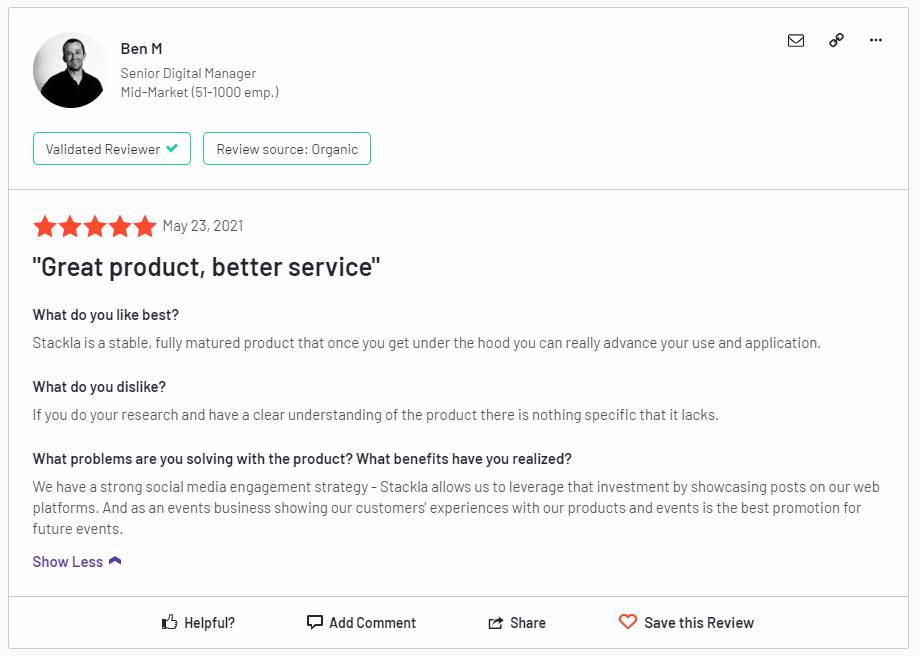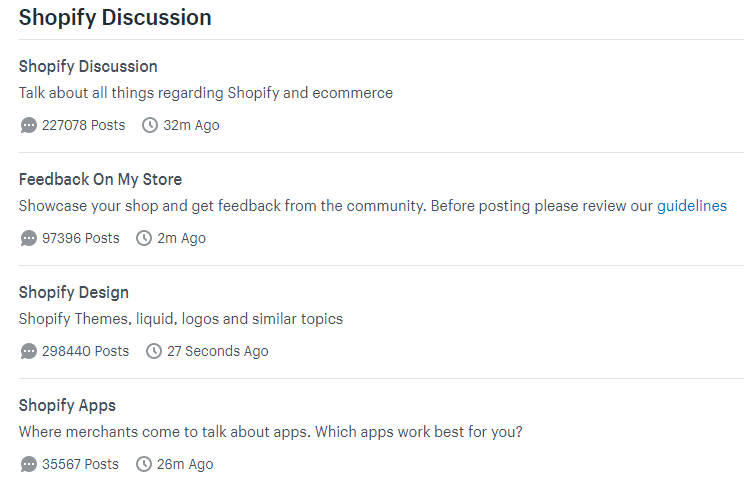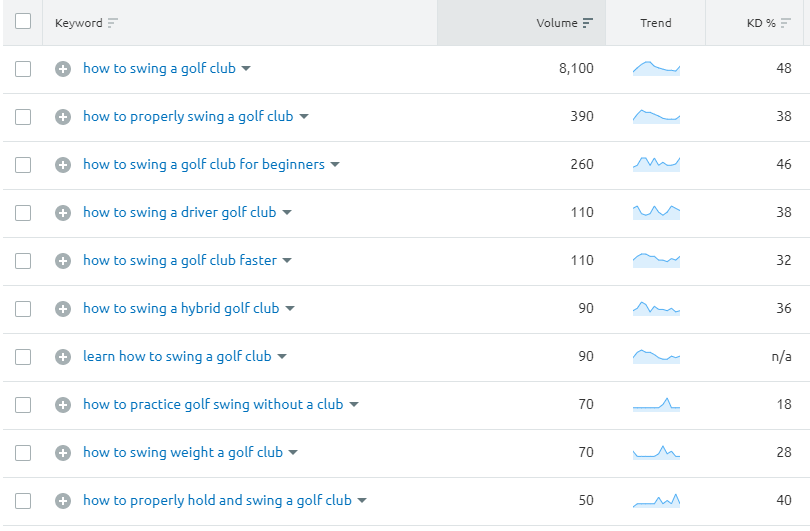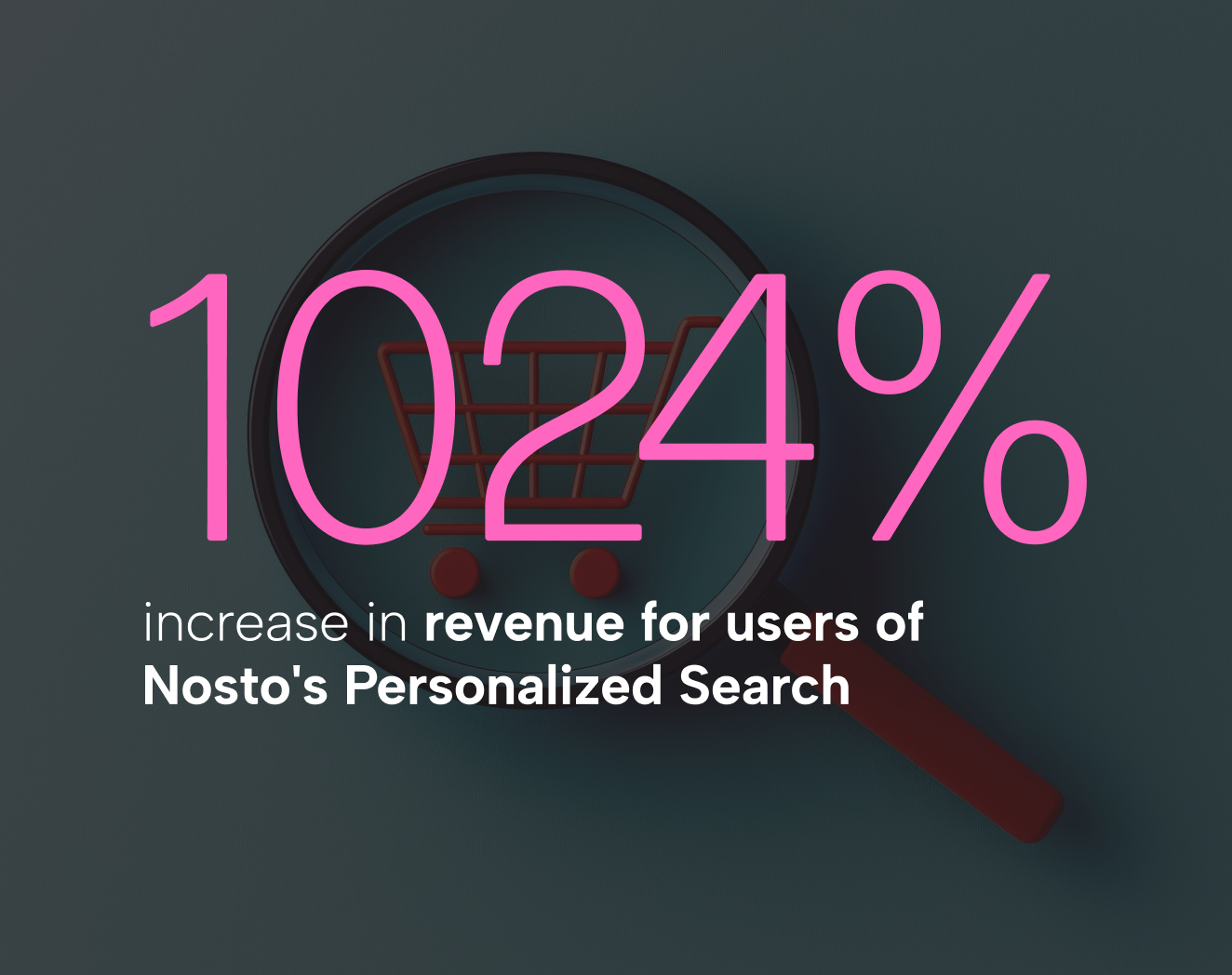How Can User-Generated Content Improve Your SEO?
Wouldn’t it be great if your visitors, who are also your potential customers, could help you rank higher in search engines? It might seem too good to be true, but it is a real functional strategy all thanks to user-generated content (UGC).
If you look at some of the top online platforms out there, you will notice a common denominator—each one of them runs on user-generated content to grow to be as large as they are.
But you don’t have to be Facebook, Instagram, or Pinterest to take full advantage of this “growth hack.”
In this post, we will explain the content categories that fall under UGC, but most importantly, how user-generated content can have a positive impact on your overall SEO and search rankings.
What is user-generated content SEO?
Let’s say that you wrote a great piece of content. It is 5,000 words, keyword-rich and applies all the best SEO strategies. What happens next is that Googlebot will crawl that content, decide how good of a score it gets on a virtual E-A-T scale (Expertise, Authority and Trust), then index it accordingly.
Now imagine the same post that you created, but every day there are around 200 new words and even some user images and videos published in the comments—full of new keywords, links and engaging content.
Your post will significantly expand and at the same time, it will start to cover the topic in a much broader sense. When Googlebot crawls it again, the post is now much richer than when it was first published so your rankings can improve.
Your site is experiencing natural content growth, and best of all, it costs you next to nothing. This is the main advantage that user-generated content SEO brings to the table.
Sure, one or two comments will not move the needle, but if you apply some of the UGC tips that we share in this post, the implication for your SERP (search engine results pages) growth will be significant.
What types of user-generated content are there?
When your visitors are active on your site, they are helping you twofold. They not only improve the experience of other users but also send positive signals to search engines.
Here are some of the usual types of UGC:
Posts
Visitors can write content on a wide range of topics, and since they are chasing a goal of their own, they are doing their best to produce a good post (assuming they are not spammers).
If your UGC environment is set up correctly, contributors will prepare detailed, well-researched posts on the topics that are truly interesting to your other readers and in line with your niche.
Testimonials and reviews
G2, Capterra, Yelp and Trustpilot are just a few of the UGC sites built on reviews and testimonials.

This type of UGC is beneficial to you from two perspectives. The first one is of course the obvious increase in content size and everything that comes with it.
But the second one is even more important—it is Google E-A-T. Testimonials and reviews are one of the main contributors to your “karma” with Google.
Having a positive rating on the mentioned sites or BBB (Better Business Bureau), Google Business and others can notably improve your authority and standing with this search engine to help you to achieve higher SEO rankings.
Q&A
Quora is an example of how much can be achieved with a UGC strategy that has an element of Q&A (questions and answers).
But a Q&A section can also be a great addition to your website. Apart from generating new content, the questions visitors pose will shed light on issues and problems that you might not even have known your audience had.
Forums
If you give people a platform to discuss various topics, they will do so very actively. You just need to steer the discussion in the right direction. For example, Shopify is leveraging forums UGC to their advantage:

You might be surprised by the number of users who are prepared to help others or correct them if they are wrong.
Comments
An article can be significantly expanded by having a comments section at the bottom. Allowing your site visitors to ignite a discussion or even cover the aspects of the topics that you did not write about helps you expand on the topics you prioritize for your business.
A side product of comments is social proof. When users see that there is a lively discussion under a post, it increases the overall authority and strengths of the post content—as they see that many others found that useful (or took time from their day to expand on your idea).
Images and videos
People are visual creatures, so allowing your users to submit images and videos will add so much extra rich quality to the content.
Visual content can do everything from entertaining people to providing more relatable content to your users and even communicate difficult or complex concepts.
You can go as far as leveraging your brand ambassadors and curating their content on your page for increased engagement. After all, users prefer UGC images as they view them as much more genuine and relatable than the content created by brands.
There are many elements that can help you expand your content and have a positive impact on your SEO. Let’s take a closer look at where this impact comes from.
How does user-generated content improve SEO?
Search engine optimization is about incremental improvements that eventually add up to a big boost in organic traffic. While it is hard to make something 100 percent better, it is much easier to improve 10 things by increments of 10 percent.
This is exactly what user-generated content brings to the table. Here are several notable improvements that will all help elevate your site to the next level.
New content
While content marketing is the key to organic traffic, it is also frequently a bottleneck of many websites’ growth.
Let’s assume that you want to significantly increase the number of indexed keywords and you need to publish 100,000 words this year. That is around 2,000 words a week which seems easy on paper but quite challenging in reality.
Allowing your visitors to generate user content will boost the amount of newly published words. That translates into more keywords that search engines can index, therefore increasing the probability that some of them will meet Google’s knowledge graph and ranking criteria that it has for your site, and it will rank your keywords in good SERP.
Even allowing something seemingly so small as comments may significantly increase the amount of content under your posts. While some users may leave just a couple of words, others will write whole essays commenting, criticizing or expanding on the initial idea.
Long-tail keywords
Let’s assume that you run a website that writes about golf and you are doing keyword research to build your content calendar.
Since “How to” keywords are a good pick for a traffic post, you decide to research it further, and using the Semrush Keyword Magic Tool you see these results:

Chances are that out of all these keywords you would write an article on “how to swing a golf club” and other keywords would be put on your content list to… never be seen again.
After all, you want to invest your time and resources into the content with the highest impact. Only companies with big content teams can allow themselves to write on every relevant keyword no matter how small the traffic is or how long it will take to rank.
Let UGC help you. Users will fill those long-tail-keyword gaps in your content. In their contributions, they will use variations of the primary keyword and also include secondary keywords—completely naturally!
Link structure
We are not talking about the spammy links in the comments, but rather the actual outgoing links to various authority sites.
When a visitor is creating a comment and they want to make sure that their argument is supported by proof—they will link to another site.
To prevent spam you could make all the UGC links “no-follow”, but still, it creates a more natural outgoing links profile than if you would do it yourself.
Bounce rate
User-generated content gives you a chance to create natural internal links. Here is how:
Somebody comments on your post, so you reply and add a link to another part of your website where the topic is explained in more detail.
This will decrease the bounce rate, meaning that users will not leave right after checking out the landing page, but will instead click on your site’s internal links and look through other content as well.
Time on site
Another user-generated content SEO impact is the increased time that visitors spend on your site. User-generated posts, comments, images and videos all improve the engagement rate of the new visitors and they make sure that they stay on the site longer.
While Google confirmed it only indirectly, they do monitor the time spent on site as one of the ranking criteria. So every second which your audience spends browsing UGC is adding to your SEO success.
Social media mentions
The more social buzz surrounds your site — the better. User-generated content increases your social media shares. Since it is your visitors who are sharing your links on their social profiles, your site is being exposed to a new audience that you couldn’t reach before.
While social shares do not influence your rankings, brand exposure does. The more times your website is mentioned, the more various ranking signals you are sending to search engines.
In addition to that, you can proactively share UGC on social media, filling up your social content calendar to the brim!
User-generated content’s greatest SEO pros
As you may have noticed, there is a common denominator to all the ways user content generation influences SEO—it is the natural growth of content (with emphasis on natural).
When you are writing content for your site, you are focused on rankings. You have the right keyword ratios, the correct amount of links, titles and URLs in sync. But still, you may end up with a post that is written more for Google than for your readers.
Visitors do not have a ranking goal in mind when submitting UGC. Their text, keyword usage, links and more are all completely organic. While Google, of course, likes to see a well-optimized post, the use of natural language is also important.
User-generated content’s cons
We discussed all the positive impacts that user-generated content will have on your SEO, but as with everything else, there is also a negative side.
When you are allowing users to post their content, most of them will be rational and post relevant stuff, which is in line with a well-mannered code of conduct. However, there will be those few who will try to take advantage of the situation by posting spam or vulgarities.
The only way to minimize these encounters is to establish clear rules and control over the UGC that is posted on your site.
Content Reviews — Review all UGC before publishing. While it may slow down the natural content flow and might decrease the engagement, it will assure that nothing detrimental gets published on your site.
Keyword Filters — Blacklist several keywords that are mostly associated with spam, or at least make sure that content with those keywords first goes under review.
UGC Moderators — If you are planning to heavily rely on user-generated content SEO, having a UGC moderator can come in handy. That person would monitor the newly published content and make sure that everything is according to your rulebook.
Captcha — This is the first line of defense when aiming for UGC as it will make sure that all completely nonsense posts and comments are filtered out.
Summary
User-generated content can be a valuable addition to your SEO, resulting in organic traffic growth.
Giving your visitors a chance to contribute will allow you to significantly expand your content, while at the same time building links and social mentions.
The advantages of UGC do not end there, as the variety of written content, videos, images and points of view increases, so does the engagement rate which will not go unnoticed by the search engines.
To have user content generation SEO as a part of your overall strategy, you will have to establish some ground rules to prevent abuse of your content policies. But it is a minor issue compared to all the advantages that UGC SEO will bring you!




